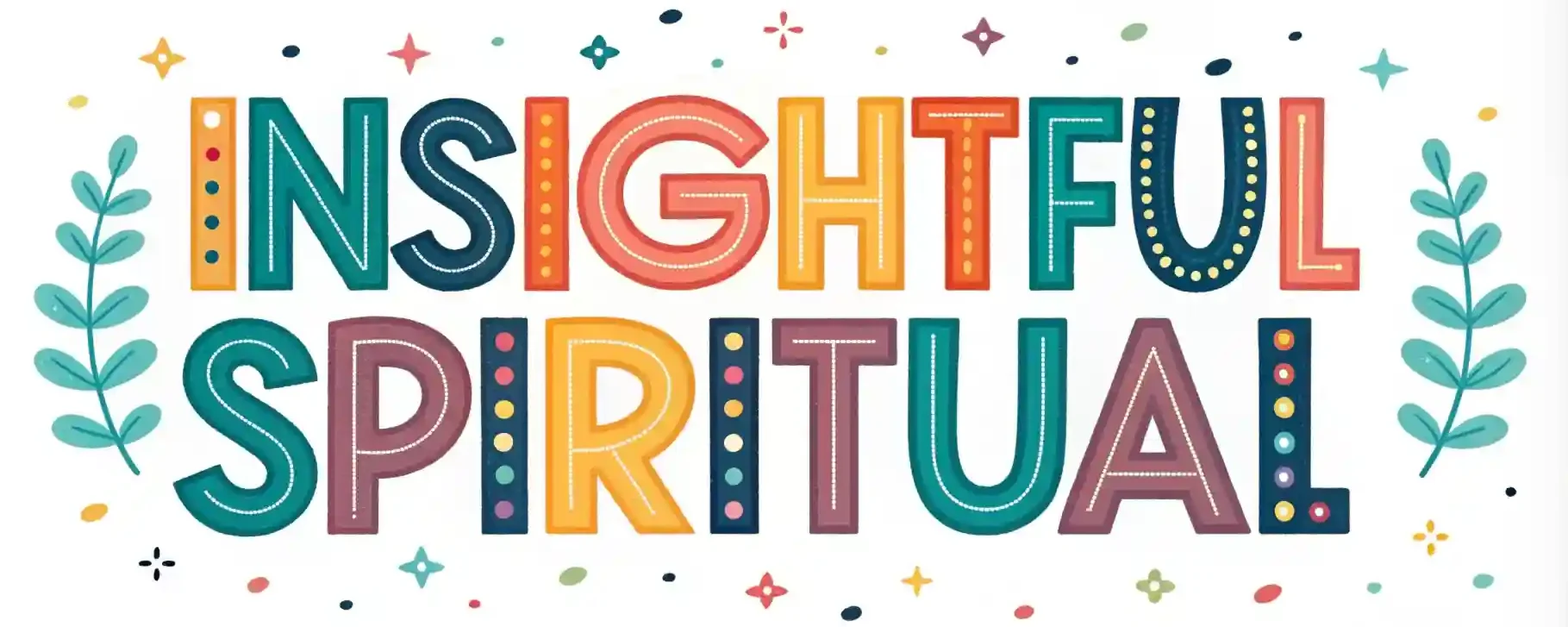Pelican Symbolism: Spiritual Meaning Explained
Pelicans have a special meaning in many cultures. They stand for sacrifice, caring for others, and starting fresh. These birds feed their babies even when they are hurt. That shows how strong and loving they can be. Their stories often talk about new beginnings and hope. Looking at how people see pelicans in history can help us understand what they mean today. They remind us to be kind, resilient, and caring. Learning about these symbols can make us think about our own lives. It can help us see the importance of caring for others and trying again after hard times.
The Historical Significance of the Pelican in Various Cultures
Throughout history, many cultures have seen the pelican as a special symbol. People believe the pelican stands for caring and sharing.
In stories and traditions, it shows how to be kind and helpful to others.
Ancient Egyptians thought the pelican was a sign of parents caring for their children. Christians saw it as a symbol of sacrifice and hope. Native American tribes believed the pelican reminded them of new beginnings and protecting loved ones.
These ideas show that different groups of people value the pelican for qualities like kindness and selflessness. The bird helps connect people across cultures through these shared values.
Learning about the pelican’s meaning helps us understand how important caring and giving are in many communities.
The Pelican as a Symbol of Self-Sacrifice and Compassion
The pelican is a symbol of making sacrifices and showing kindness. It cares for its babies by feeding them even when it’s hurt. This teaches us to be kind and help others, even if it means giving up something ourselves.
When you see a pelican, think about how it helps others without thinking about itself first. Its story shows us that helping others builds stronger connections.
Being kind is a choice. It can make people feel cared for and connected. By watching the pelican, we learn how small acts of kindness can make the world a warmer and friendlier place.
Spiritual Lessons From the Pelican’s Nurturing Instincts
The way pelicans care for their young teaches us some important lessons. A pelican’s natural instinct is to protect and nurture its babies. This shows us how offering help and support is important in life.
The pelican’s actions remind us to be kind and caring to others. It also shows that sometimes we need to make sacrifices to protect those we love.
When we see how the pelican cares for its family, we learn how strong bonds and close relationships can help us all. These lessons encourage us to be more compassionate and responsible.
They help us understand that caring for others makes our lives richer. Following these examples can help us feel connected and bring more love into our lives.
The Pelican and Renewal: Symbols of Rebirth and Transformation
The pelican is a symbol of new beginnings. It reminds us that life can change and improve.
Pelicans live near the ocean and are often seen as signs of hope. They show us that after hard times, things can get better.
Pelicans take care of their young and look for food even after setbacks. These actions teach us how to stay strong and bounce back.
When you see a pelican, it can remind you that renewal is possible. It encourages you to stay hopeful and open to change.
Seeing a pelican can make you feel inspired. Just like the bird renews itself, you can also grow and start fresh.
Perseverance and hope help us transform and become better each day.
The Meaning Behind the Pelican’s Abundance and Generosity
The pelican stands for abundance and giving. It shows how important it’s to share with others. The pelican gives even when it costs a lot. This teaches us to be generous and caring.
True abundance isn’t just about having a lot of things. It also means being kind and loving. When you see a pelican, think about ways you can be helpful. Sharing your time, support, or resources makes your community stronger.
Being kind creates a feeling of belonging. Remember, giving makes everyone feel happier and more connected. The pelican reminds us that kindness and sharing are true signs of wealth.
The Pelican as a Guide for Resilience and Endurance
The pelican teaches us about strength and staying tough. When it gives even at a high cost, it shows kindness.
But it also shows resilience, which means bouncing back after problems. The pelican’s story reminds us that even when things get hard, we can keep going.
Its endurance, or the ability to last through tough times, encourages us to stay strong.
Watching how the pelican handles difficult weather helps us understand that resilience isn’t just about surviving. It’s about growing and getting better despite challenges.
The pelican’s example pushes us to be patient and hope. It shows us that keeping on keeps us moving forward.
When we accept this, we feel a sense of belonging in our journey of life.
Interpreting the Pelican in Dreams and Meditation
Interpreting a pelican in dreams and meditation can give you helpful clues about your feelings and inner life. When you see a pelican, it might mean you care about nature and your relationships. This bird also stands for selflessness, showing the importance of sharing and caring for others. It can remind you to find a good balance between giving and receiving.
Pay attention to how you feel when you see the pelican in your dreams or during meditation. Your emotions can tell you what’s happening inside you now.
Thinking about what the pelican means to you personally can help you understand yourself better. It might be a sign to focus on nurturing your connections or taking care of yourself and the environment.
Using the image of the pelican in your mind can help you grow spiritually and get to know yourself more. It reminds you that caring for others and connecting with nature are important parts of your life.
Key points to remember:
- Think about caring for others and your community
- Notice your feelings during visions or meditation
- Recognize the pelican as a symbol of conservation and kindness
- Use dreams as a way to learn about your personal growth
- Enjoy the connection to nature and your inner feelings
Connecting With the Pelican: Rituals and Practices for Spiritual Growth
Connecting with the pelican can help your spiritual growth. You can do simple rituals to feel more connected. One way is through cleansing with water. Wash your hands or face with intention. Think of it as washing away negative feelings.
Another way is through meditation. Close your eyes and picture a pelican by the water. Imagine feeling calm and safe with the pelican’s presence. Focus on what the pelican stands for, like giving to others and renewal.
These practices help you understand the pelican’s meaning. They also help you feel more connected. Use these simple steps regularly to support your personal and spiritual growth.
The Artistic and Mythological Depictions of the Pelican Throughout History
Throughout history, artists and storytellers have often shown the pelican as a special symbol. These pictures and stories tell us that the pelican stands for caring, sacrifice, and new life.
In religious art, people drew the pelican as a mother caring for her chicks. This shows love that’s selfless and kind. During the Middle Ages, stories often connected the pelican with coming back to life and new beginnings.
Artists liked to show the pelican wounded or feeding its young, to remind us of hope and compassion. These images and stories helped people understand the pelican’s gentle strength.
FAQs
How Does the Pelican Symbolize Balance Between Sacrifice and Fulfillment?
The pelican is a symbol that shows how sacrifice can bring balance. It represents caring for others and starting fresh. When you see a pelican, it reminds you that giving up something can lead to happiness. Sacrifice can help you feel fulfilled. It helps you find a good balance between caring for others and your own needs. The pelican encourages you to be selfless, but also to stay connected to what makes you feel whole. It teaches that by helping others, you also grow and find peace inside.
What Are Common Misconceptions About Pelican Symbolism?
Many people think stories about pelicans are just myths. But different cultures see pelicans in many ways. They often symbolize sacrifice, renewal, and working together. These simple ideas help us feel connected and remind us of important values.
Can the Pelican Represent Environmental or Ecological Themes Spiritually?
You can see the pelican as a symbol of caring for the environment. It reminds us to protect nature and keep the planet healthy. By thinking of the pelican in this way, we join others who want to look after our world. It can also be seen as a sign of spiritual connection to nature. This helps us remember that everything in our environment is important and needs our respect.
How Is the Pelican Used in Modern Spiritual or New Age Practices?
You can use the pelican as a symbol in your spiritual or New Age practices. Many people hold the pelican as a sign of hope, renewal, and caring. You might meditate while focusing on the pelican to help you feel more at peace. Visualize the pelican’s image to strengthen your connection to nature and your inner self. Some use it in prayer or affirmations to remind themselves of kindness and friendship. Simply, thinking about the pelican can help you feel more grounded and connected to your spiritual path. It is a gentle way to encourage growth, calmness, and a sense of belonging.
Are There Specific Colors of Pelicans That Hold Different Spiritual Meanings?
Different pelican colors have special meanings. A white pelican often stands for purity and clean nature. It can remind you to stay honest and true. A brown pelican shows grounding and connection to the earth. It can help you feel more stable and connected to your roots. These colors can make you feel part of a community that values kindness and support. When you see a pelican’s color, think about what it might be telling you. Each color can give you a different message or feeling.

Hi, I’m Aurelia Starfrost, your spiritual guide at InsightfulSpiritual.com. I love exploring ancient wisdom and modern practices to help you on your journey. With a focus on meditation and energy healing, I’m here to guide you to find solace within and discover your spiritual essence.








